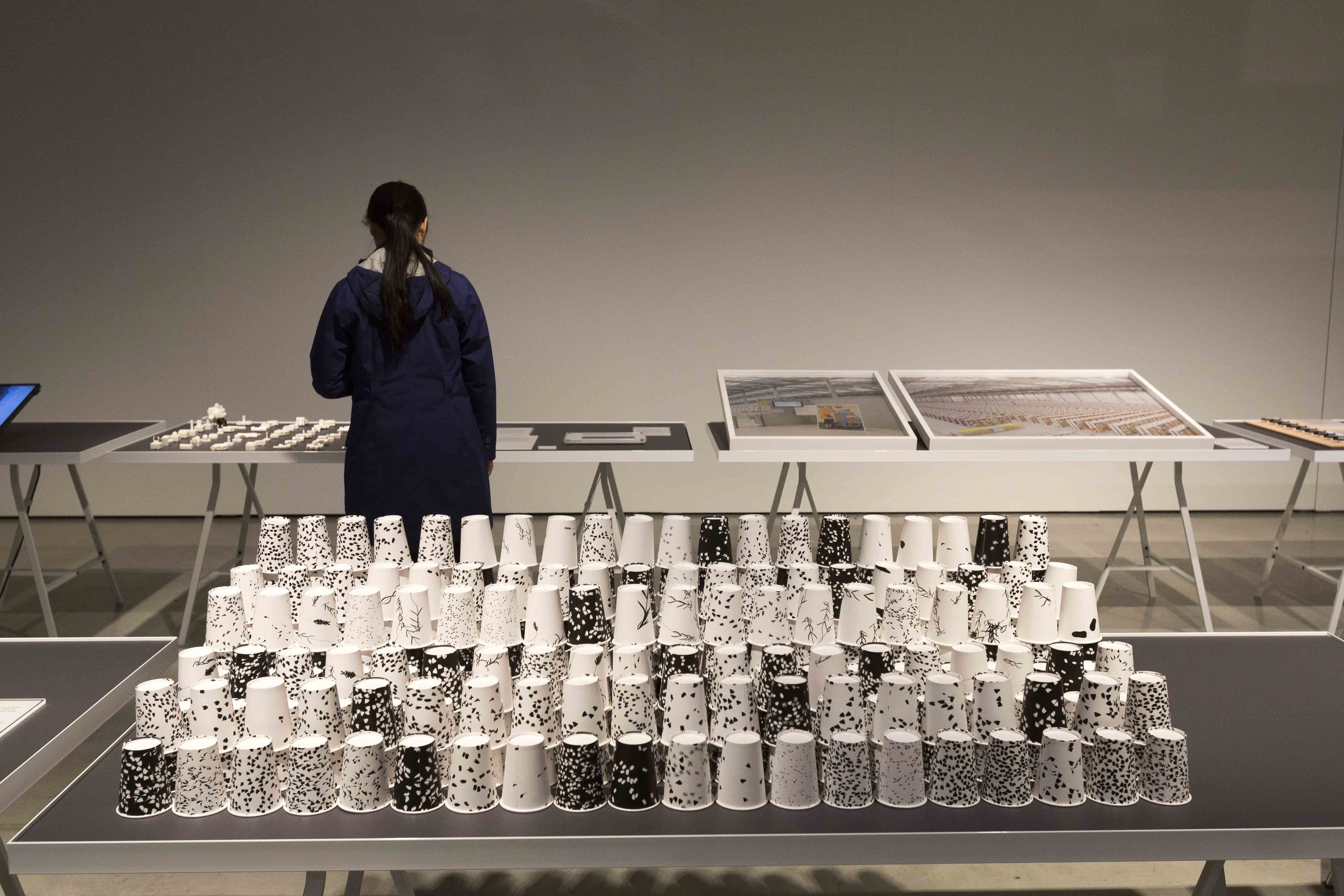





In popular imaginings coding is frequently positioned as an essential world-making activity that unfolds within the abstracted space of software. Hello World: Code and Design, an exhibition held at the UTS Gallery, argued an alternate view, showcasing work by 28 designers that reframes code as a material practice whose origins predate electronic computation.
Works spanning fashion, object, graphics and moving image demonstrated designers transforming once invisible and immaterial processes into the tangible world of objects. Drawing on the work of Bruno Latour, Jane Bennet and Matthew Kirschenbaum the exhibition assembled, juxtaposed and critiqued design artefacts to demonstrate that code is a process ‘of the world’, one that is as much material, social, political and economic as it is technological.
Hello World received 5000 visitors, more than doubling the Gallery’s previous attendance record. Its central thesis was extended through 30 curator’s talks to over 600 people and panel discussions that included perspectives from ethicists, Indigenous designers, roboticists, and strategic thinkers from industry including Deloitte, Arup and Axilo/Chôra. A series of 3D modelling and printing workshops were run for young adults in foster care, students from socioeconomically disadvantaged schools, and high school girls interested in STEM.
CODE
new materialISM
Human-Computer Interaction
digital aesthetics
BLACK BOXING
Works spanning fashion, object, graphics and moving image demonstrated designers transforming once invisible and immaterial processes into the tangible world of objects. Drawing on the work of Bruno Latour, Jane Bennet and Matthew Kirschenbaum the exhibition assembled, juxtaposed and critiqued design artefacts to demonstrate that code is a process ‘of the world’, one that is as much material, social, political and economic as it is technological.
Hello World received 5000 visitors, more than doubling the Gallery’s previous attendance record. Its central thesis was extended through 30 curator’s talks to over 600 people and panel discussions that included perspectives from ethicists, Indigenous designers, roboticists, and strategic thinkers from industry including Deloitte, Arup and Axilo/Chôra. A series of 3D modelling and printing workshops were run for young adults in foster care, students from socioeconomically disadvantaged schools, and high school girls interested in STEM.
CODE
new materialISM
Human-Computer Interaction
digital aesthetics
BLACK BOXING